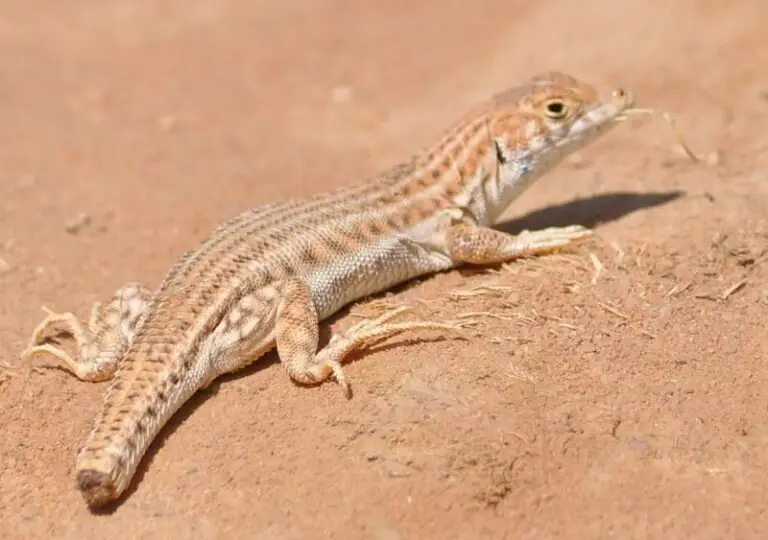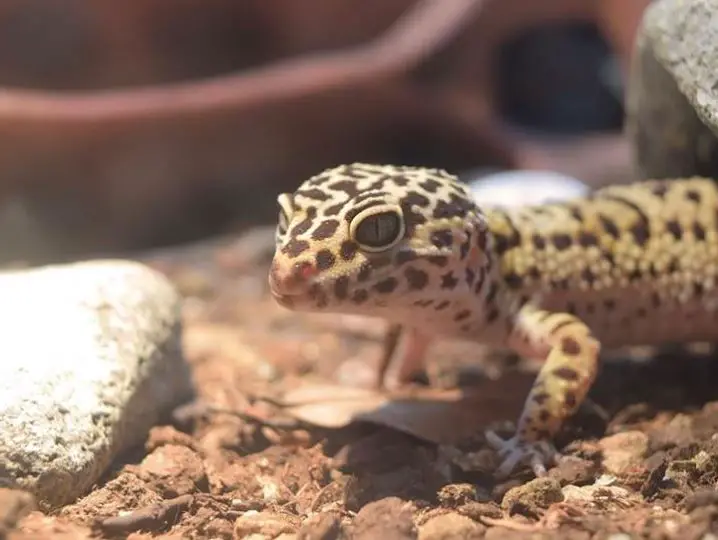Why Lizards Can Easily Walk On Walls? (Solved)

The fact that lizards can walk across walls and ceilings with such ease is due to the fact that they have a lot of thin hairs on their feet that cause a molecular reaction with surfaces similar to the forces of a magnet.
It may be claimed that the ability of lizards to walk on walls is due to the fact that they have suction cups on all four soles. However, this does not seem to be the case.
Lizards can climb up a vertically raised polished glass surface at a speed of one meter per second, and they can hang their entire body firmly on the wall with “one finger”.
In addition to climbing up and down the wall, lizards can also hang upside down and crawl across the ceiling. This feat is beyond the reach of other animals.
All these maneuvers that a lizard can perform do not seem like something that can be done simply by suction, the explanation lies in a simple law of physics.
Lizards have millions of very fine bristles growing on the underside of each foot, and each bristle has between 400 and 1,000 finer branches at the end.
This fine structure makes the distance between the bristles and the molecules on the surface of the object very narrow, which generates a molecular attraction.
Although the force generated by each bristle is negligible, the cumulative amount is considerable. According to calculations, a set of bristles can lift the weight of an ant, and a million bristles can lift a weight of 20 kilograms, although it takes up less than the surface area of a small coin.
The lizard, if it uses all the bristles at the same time, can support 125 kilograms of force. In fact, lizards can support their entire body using only one foot.
The strength of the soles of a lizard’s feet comes from the most basic physical principle in the universe: molecular gravity.
Based on this force, a 5-centimeter lizard can theoretically lift up to 40 kilograms effortlessly with soles no more than a few millimeters square.
A single bristle on the sole of a gecko’s foot can lift the weight of an ant.
how does the lizard control foot suction?
Scientific tests have been conducted through a microscope to record a lizard crawling on glass and found that when the lizard tried to move the sole of its foot, it needed to exert 600 times more force than when sucking on the attachment and to stretch its toe above 30 degrees to achieve the goal.
This is similar to what people do when ripping tape off a surface.
Furthermore, even in a vacuum environment, the grip on the lizard’s paws does not fail, proving that it does not need to secrete anything to maintain grip, nor use negative air pressure to “suck” objects.
The reason why lizards can stick to the wall
Throughout history, different hypotheses have been put forward to explain the adhesion of lizards, ranging from simple glue or tiny hooks to suction forces or electrostatic forces.
Sticky secretions were quickly dismissed, as lizards lack glands on their feet. Hook gripping does not explain how they are able to climb glass.
Suction cups on the toes are also not an alternative; it has been shown that in airless, vacuum spaces, they remain clinging just as well.
Similarly, in an environment devoid of electrostatic charge, they continue to climb. In the 1960s, the German scientist Uwe Hiller observed that the adhesion of geckos increases the more loose atomic bonds there are on the surface over which they move.
This fact led him to suggest that they use van der Waals forces, weak short-range attractions between atoms of opposite electrical charge.
On the one hand, the molecular weakness of the interaction would explain why they can “stick” and “peel off” legs with ease, and thus run along walls, ceilings, and glass.
The Van der Waals forces hypothesis was finally corroborated in 2000 by a research team led by biologist Kellar Autumn who discovered how nanostructures located in the toes of geckos work.
At the base are pads made up of thousands of microscopic hairs that divide into hundreds of smaller structures called spatulas.
These widen and flatten at the tip forming a rounded triangle that increases the contact area between the foot and the surface.
Likewise, the angle also determines the grip and the speed at which they can move.
Can dead lizards stick on the wall?
The adhesive forces contained in the lizards do not diminish when the animals die thanks to the fine hairs under their legs.
The lizards can hang upside down on smooth surfaces without falling off. This sticky power does not decrease when the animals die.
This has been proven by tests and studies conducted by researchers by carefully pulling the lizards by their legs over a vertical acrylic sheet, both before and 30 minutes after their death. It was found that the lizards, dead or alive, stuck to the surface just as well.
Lizards automatically get stuck on smooth surfaces, simply because of the special structure under their toes.
Push-ups do not have to consciously seek responsibility for performing such a task. However, an active component comes into play when the lizards want to reduce the adhesive force by carefully lifting the toes while the rest of the foot remains on the ground.
This process presumably serves to protect the fine hairs underfoot from damage if they sit too long on a surface.







